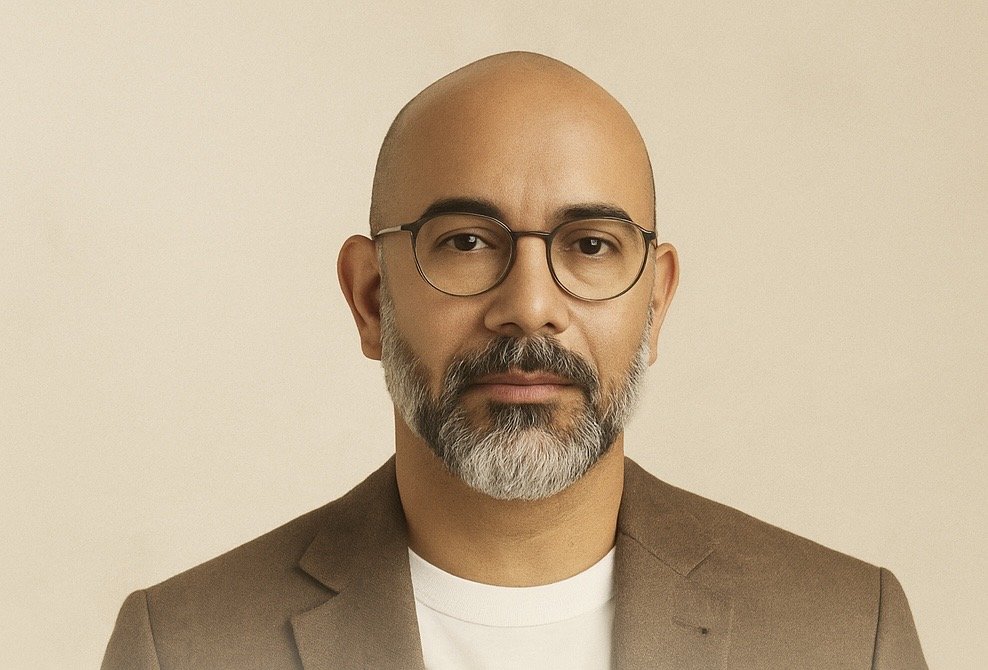Born from Immigrant Roots to Anti‑Immigrant Politics
- Dr. Wil Rodriguez

- Jun 15
- 2 min read
By Dr. Wil Rodríguez
There’s another saying in Puerto Rico: “A dead man can’t speak ill of another who’s already dead.” It warns us that when we turn away from our own past, we lose the right to judge others. Donald Trump’s story is a vivid example of this irony—his immigrant ancestors laid the foundation for his family’s success, yet he built his political career on blaming immigrants for America’s challenges.

1. The Journey Begins: Friedrich “Fritz” Trump
Born on March 14, 1869, in Kallstadt, Bavaria, Friedrich Trump (later Frederick) arrived in New York at age 16, in 1885, seeking opportunity . After barbershop work in New York and Seattle, he ventured north in 1898 to the Klondike Gold Rush, not to mine gold himself, but to serve those who did . He opened the “Dairy Restaurant” in Seattle and hotels in Yukon—earning the reputation of “mining the miners,” turning raw ambition into entrepreneurial success . By 1901, he returned to Germany to marry Elisabeth Christ, but was forced to renounce citizenship in 1905 and settle permanently in New York, taking with him the immigrant spirit that built the Trump real-estate legacy .
2. From Scotland to Queens: Mary Anne MacLeod Trump
His mother, Mary Anne MacLeod, was born May 10, 1912, in Tong, Isle of Lewis, part of Scotland’s remote Outer Hebrides . In 1930, at just 17 years old, she emigrated with just $50—eventually working as a maid in Manhattan and becoming a U.S. citizen in 1942 . She married Fred Trump in 1936, lived in Queens, and became a respected society figure and philanthropist—her journey reflecting courage, adaptability, and resilience .
3. The Contradiction: Anti‑Immigrant Politics from Immigrant Roots
Donald Trump, born June 14, 1946, in Queens, carried the influence of German and Scottish immigrant legacy . Yet during his political rise, he adopted an uncompromising stance against immigrants—building walls, restricting visas, and labeling newcomers as threats . The irony is unmistakable: how can someone whose bloodline is woven into immigrant toil and aspiration claim moral authority to block it?
4. A Lesson in History and Identity
History shows America was shaped by immigrants: Germans, Irish, Italians, Asians—all arriving with nothing. The Statue of Liberty stands as a testament to that legacy. Today, those same immigrants—now grandparents, neighbors, friends—are labeled threats. When the descendants of immigrants choose exclusion, they turn their roots into stepping stones for division.
5. Rewriting the Narrative
Let us reclaim the immigrant narrative—not as a threat, but as a foundational pillar of our society. Our stories—whether from Germany’s villages, Scotland’s crofts, or today’s newcomer communities—tell of hardship, resilience, and transformation. We must remind the world that condemning immigrants erases the very journey that built America.
Final Reflection
Before condemning outsiders, consider this: “Tell me where you come from, and I’ll tell you who you are.” Trump’s ancestors came from other lands, built opportunity with hard work, and fulfilled America’s promise. But you can’t hide that history and then speak against it. A “dead man” cannot judge another who’s already left home.
Hashtags:







Everybody in this world immigrated from somewhere! Nowbody's ancestors lived in one place for 5000 years!